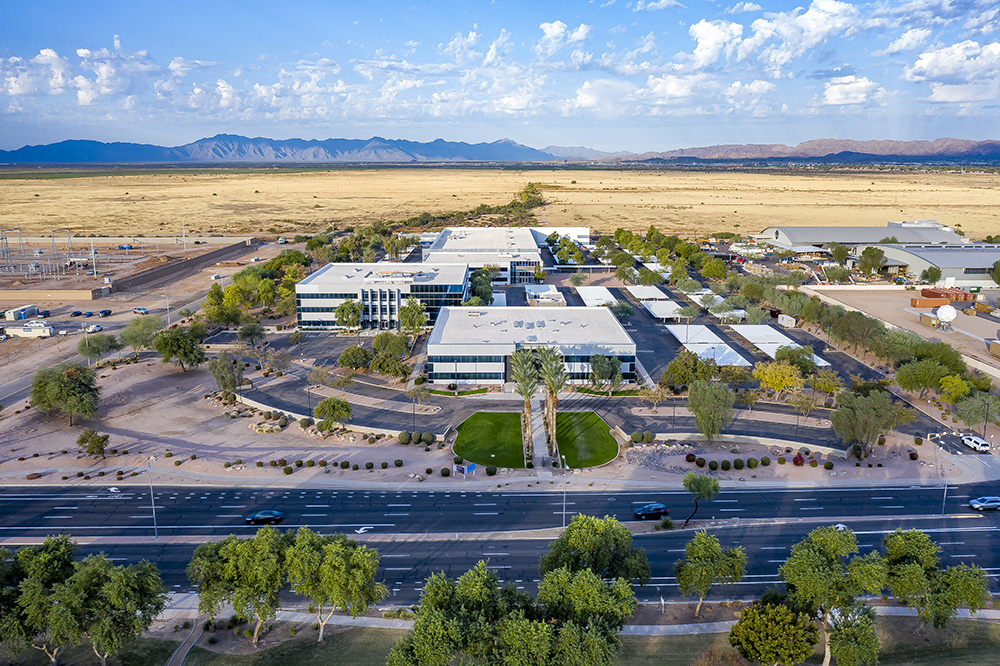Lease rates for industrial space in June were 4.2% higher year-over-year (Y-o-Y), averaging $6.64 per square foot, according to the monthly national industrial report from CommercialEdge. And, with West Coast port markets taking on significant increases in trade activity as global routes reopen, it’s no surprise that the industrial sector here is seeing the highest occupancy and lease spreads of nearly $2 per square foot.
READ ALSO: Metro Phoenix industrial market breaks record for construction
Specifically, the largest rent growth was recorded for industrial space in Los Angeles, where rates averaged $10.30 per square foot following a 6.7% Y-o-Y increase. Meanwhile, the vacancy rate here last month was 3.5%. Our most recent report, which you can download below in full, noted that new leases signed in the L.A. market during the past year cost roughly $1.55 more per square foot.
At the same time, the Inland Empire industrial sector slipped to second place last month in terms of lease rate growth, with a 12-month increase of 6.2% in average rents. However, it remains the most tightly packed among the industrial markets we analyzed, with vacancy reaching 1.6% in June. Accordingly, new Inland Empire industrial space leases closed during the past 12 months were approximately $1.21 pricier per square foot. Last month, the average rent for industrial property here was $6.36 per square foot.
Year-to-Date Sales Top $23 Billion, Price Per Square Foot Soars to $113
E-commerce has enjoyed a well-documented rise throughout the past year. Now, it accounts for roughly 17% of core retail sales in the U.S. — and it’s expected to gain even more ground going forward. As a result, the increase in consumer demand has led to notably busier ports, as well as network expansion of last-mile and cold-storage facilities. Moreover, the massive transition in the last year of several aspects of daily life to the online medium has boosted interest in data center infrastructure investment. All this and more actively contribute to growing investor appetite for industrial assets.
To that end, sales of industrial property closed since the start of the year amounted to $23.3 billion by the end of June — roughly 52% of the total transactions in 2020. Likewise, deals closed during Q2 2021 averaged a sale price of $113 per square foot, up nearly 31% Y-o-Y.
Sprawling Inland Markets Ready to Pick Up Slack
By the end of June, developers had completed nearly 130 million square feet of the new industrial space due this year, while 447 million square feet was still under construction across the markets we analyzed. Additionally, as of June 30, approximately 451.1 million square feet was in the planning stages — and current pipeline forecasts estimate that this construction will yield around 300 million square feet annually through 2026.
What’s more, issues related to the rising cost of materials and scarcity of developable land in coastal regions may result in more generous pipelines in inland markets, where land is more widely available and comes at a relatively lower cost. In fact, on a percentage of stock basis, Phoenix is already ahead in this regard: The 23.2 million square feet of new industrial space under construction here represents nearly 9% of stock. Thus, when factoring in the additional 32.9 million square feet that’s currently in the planning stages, the Phoenix pipeline expands to just under 21% of stock.
Kansas City follows in second place, with 11.3% of stock in the pipeline (both under construction and planned projects). Meanwhile, Dallas is third, with 9.2% of stock in the pipeline, of which 3.8% of stock is currently under construction.




